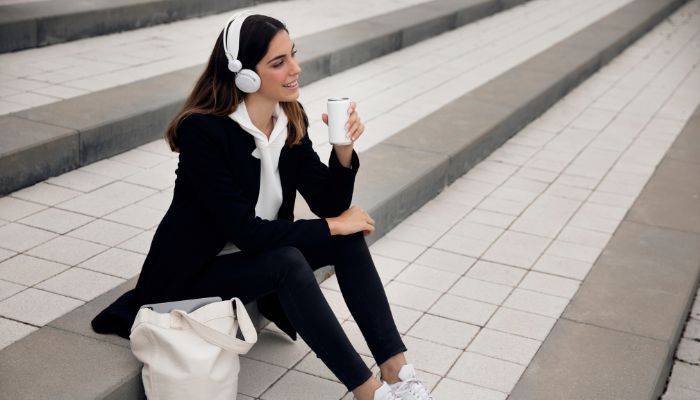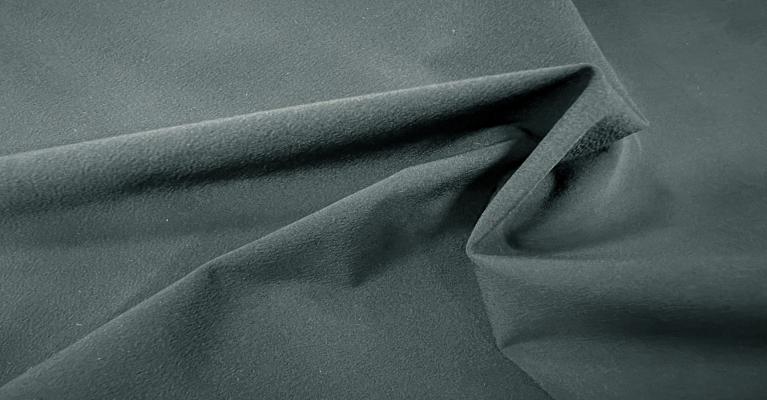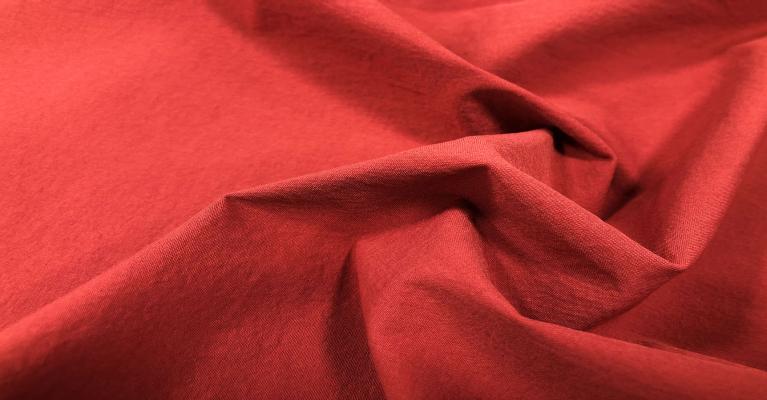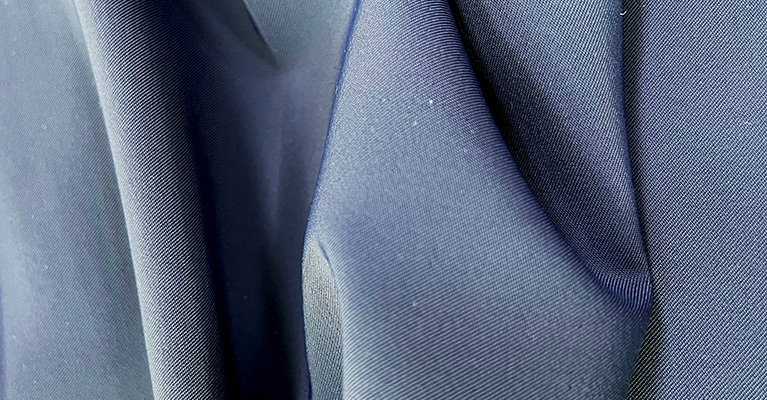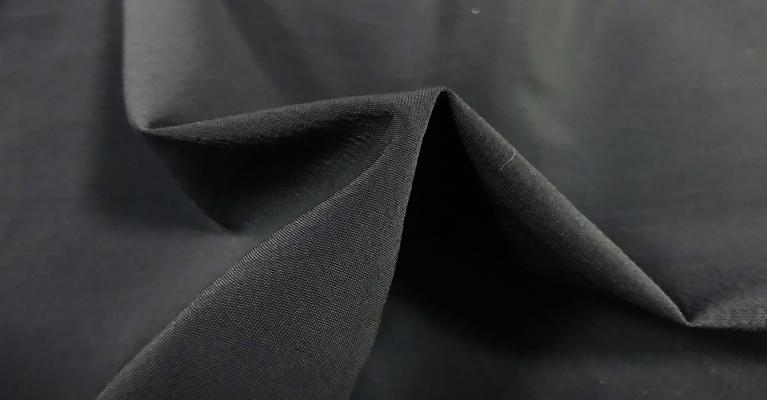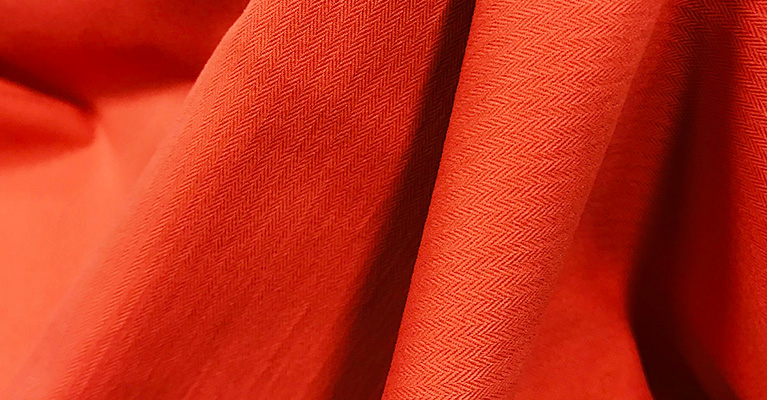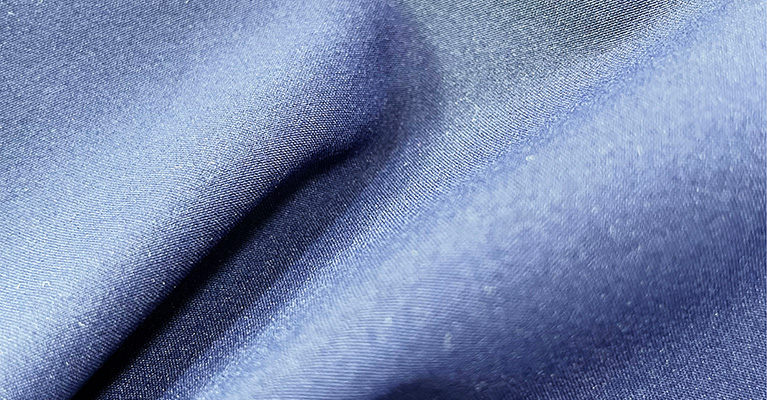You've probably noticed how stretch fabric has changed athletic apparel, from leggings to performance gear. This fabric provides greater flexibility, comfort, and fit during physical activities. But stretch fabrics are not limited to sports; they're also used in medical care and bedding, transforming our understanding of comfort and mobility in everyday life.
In this article, we'll dive into the different types of stretch fabrics and their various applications, exploring how they've revolutionized the fashion and apparel industry.
Benefits of Stretch Fabric
Stretch fabrics are revolutionizing the apparel industry by offering a range of benefits that traditional woven or knitted fabrics cannot match. Stretch fabrics provide increased flexibility, comfort, and fit, allowing greater freedom of movement and improved performance.
- Flexibility: Wearing clothing made with soft and stretchy fabrics can greatly improve your flexibility and mobility during exercise. When you're moving around, your skin and muscles stretch horizontally and vertically, and the right type of fabric can provide excellent support.
- Comfort: When working out, it's no secret that you'll produce sweat. To feel comfortable during exercise, you'll need breathable, moisture-resistant fabric with a soft feel. The stretch fabric is handy here, as it offers these important features. You can achieve an incredible second-skin sensation with a soft hand feel that enhances your workout experience.
- Fit: You may want to look neat and put together regarding fitness wear. Wearing stretchy clothing can help you achieve this goal by avoiding a sloppy appearance. Looking neat and mettlesome is important to many people, and stretchy fabrics can make it easier to achieve that look.
Types of Stretch Fabrics
Stretch fabrics are created using various yarns and constructions, including woven and knitted fabrics with or without the addition of Spandex. Spandex is a synthetic fiber that provides stretch and elasticity to the fabric. It is commonly used in activewear and performance gear, allowing for better movement and flexibility.
Woven Fabrics Are Better in Recovery After Stretch
Manufacturers use warp and weft yarns to make the woven fabric more compact in structure. If they want to add elasticity to the fabric, it's necessary to use elastic yarns. Woven fabrics with a compact structure are better at recovering their original shape after stretching and are less likely to pill than knitted fabrics.
- 2 way stretch fabric: weft and warp
- 4 way stretch fabric
Knitted Fabric Are Economy
Combining loops can make the loose structure of knitted fabric elastic without using Spandex. However, for better elasticity, manufacturers can use Spandex. Using only knitted fabric for stretchiness is more economical than using woven fabrics. Additionally, adding Spandex while weaving the knitted fabric can make the stretch more extreme.
Stretch Yarn
with Spandex: SCY- single covering yarn, ACY- air covering yarn
mechanical stretch: HCR, SBS-side by side
6 Types of Stretch Fabric and Applications
Sunny Special is known as a supplier of breathable stretch fabrics, providing high-quality materials that can be used in various applications. Drawing on our experience, we can help you understand the different types of stretch fabrics available, enabling you to choose the best material for your needs.
Stretch fabric for extreme sportswear
When engaging in extreme sports, it's important to have a stretchy fabric for excellent exercise elasticity. For this purpose, it's recommended to use knitted fabrics that contain Spandex, as they offer the most elastic combination of yarn and structure.
Stretch fabric for outdoor activities
When engaging in outdoor activities, you must protect yourself from the wind, rain, and sun. One way to do this is by using compact woven stretch fabrics. These fabrics can shield you from natural elements and keep you comfortable outside.
Stretch fabric for business
If you want to look clean and polished for formal business occasions, it's best to wear elastic fabrics with a shiny appearance. Opt for stretch fabrics with lustrous and silky touch to achieve a comfortable yet professional look. This will help you make a positive impression in the business setting.
Stretch fabric for the workplace
When working in a harsh environment, you must move freely without worrying about damaging clothing. That's where the stretch fabric from the renowned brand CORDURA comes in. It allows you to work efficiently without any hindrances, providing the durability you need to do the job.
Stretch fabric for casual
When you go for a walk and want to feel more comfortable, you should consider wearing stretch fabric. Choosing lightly stretched fabrics made from natural or imitation natural fibers can help you achieve your goal of feeling comfortable.
Stretch fabric for relaxation
When making homewear fabrics, manufacturers use mechanically stretched yarns to give you a comfortable, relaxed fit. This process also enhances the fabric's texture, resulting in a rich hand feel and a slight mechanical elasticity.
| Use Case | Two-way stretch fabric suitable for: | Four-way stretch fabric suitable for: |
|---|---|---|
| Extreme Sportswear | Some types of sportswear, such as shorts | Sportswear that requires flexibility |
| Outdoor Activities | Some types of outerwear, such as jackets | Outerwear that requires flexibility |
| Business | Some types of dress pants and skirts | Dress pants and skirts that require fit |
| Workplace | Some types of uniform pants and shirts | Uniform pants and shirts that require fit |
| Casual | Some types of pants and shorts | Pants and shorts that require flexibility |
| Relaxation | Some types of lounge pants and shorts | Lounge pants and shorts that require flexibility |
It's important to note that the suitability of two-way and four-way stretch fabrics depends on the fabric and construction. Always check the fabric's specifications and recommended uses before choosing it for a specific purpose.
Stretch Fabric Care and Maintenance
If you want to keep your stretchy clothes in good condition for a long time, you must take good care of them. Here are some tips:
- Avoid using chlorine bleach on stretch fabrics with Spandex, as it can weaken the Spandex and reduce its strength.
- Clothes with excellent elasticity have a looser fabric structure, so folding them is better than hanging them when storing them.
- High-temperature tumble drying can damage the elasticity of the fabric, so it's best to avoid it.
- Delicate elastic fabrics can become deformed when hung up while wet, so be cautious and consider laying them flat to dry.
Conclusion
You can enjoy numerous benefits from wearing stretch fabrics, such as increased flexibility, comfort, and a better fit. Stretch fabrics come in various types that are created through different yarns and constructions, including woven and knitted fabrics with or without Spandex.
They are suitable for different applications, ranging from extreme sports to casual wear. However, these fabrics need specific care and maintenance to keep their elasticity and durability. The versatility and functionality of stretch fabrics make them a significant part of the future of fashion and apparel.
- Tags: Clothes for leisure, Outdoor Wear
You may also like


